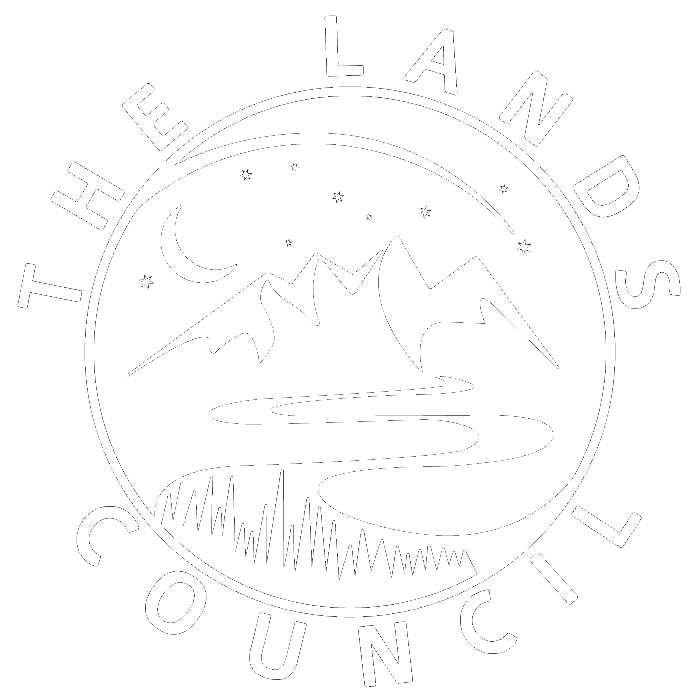By Adam Gebauer
Wielding a canister with a long-curled metal wick, drip torch, we slowly walked under the ponderosas dripping flame on to the forest floor, watching the fire grow and creep back into the black of the already burned grass and pine litter. This was just one step in completing a prescribed burn on a private property tree farm outside of Chewelah. This prescribed burn was part of the Selkirk TREX, a two weeklong prescribed fire training exchange that occurred this October.
The Selkirk TREX started in 2021 to bring more capacity to NE Washington as well as provide opportunities for wildfire practitioners to increase their training in prescribed fire. Participants traveled from far northern BC, Wyoming, and Texas to participate in this year’s TREX, but the majority were local DNR staff. TREXs are held across the country, including Canada and give participants the ability to get certifications and experience burning in different habitats.
The training is planned and facilitated by The Nature Conservancy, DNR, WA Resource Conservation and Development Council, as well as The Lands Council (TLC) playing a role. Along with obtaining fire fighter 2 certification (known as a red card), Public Lands Program Director Adam Gebauer acted as the Public Information Officer (PIO) for this TREX. This involved documenting the daily activities, writing a daily update for the Selkirk TREX Newsletter, and working with agency partners such as the US Forest Service, DNR, and WDFW to plan potential prescribed fire units. With support from the Colville National Forest and The Nature Conservancy, Adam will continue the work to complete the PIO certificate and be able to assist on regional prescribed burns as well as wildfire.
There are many steps to getting prescribed fire on the ground, working with landowners/managers to develop a burn plan, prepping the site by limbing trees and reducing fuels, and then the prescriptions need to be right. Burn prescriptions lay out the range of conditions that must be met in order to put fire on the ground. This includes fuel moisture levels, temperature, winds, and relative humidity. As an example, these prescriptions might come in the early afternoon when the dew has lifted but before the afternoon winds pick up. This means that planning, prep work, and resources need to be ready to go when the window to burn is open. Last year’s Selkirk TREX was unseasonable wet limiting burn opportunities and this year’s was unseasonable dry. This limited burning to several units of private property where the landowner had done extensive prep work and there was limited large fuels.
Along with running a drip torch, participants worked on preforming different roles over the ten-day training that helped them complete different tasks for their individual certifications. Some participants acted as the burn boss, leading the overall burning operations for the day. Others were the firing boss, guiding how the fire was laid down on the landscape, controlling intensity and spread. Still others acted as engine bosses or holding bosses both using different tools and tactics to make sure the fire stayed within its planned boundary and providing resources as needed to support the prescribed burning operations. Fire effects monitor trainees were lead by staff from North Cascades National Park and monitored how fuels were consumed and gave vital weather updates during burn operation. This TREX allowed participants to work in teams, supported by trainers with many years of experience to engage in different aspects of getting prescribed fire on the ground.
Many landscapes across North America are dependent on fire and NE Washington forests require regular low intensity fire to thin out young trees, reduce fuels, stem disease and insect outbreaks, and spur fire adapted species. Along with naturally occurring lighting strike fires, tribes intentionally used fire for millennia to improve hunting grounds, increase yields of important plants, and maintain the health of the forest. The Lands Council is engaging in the Selkirk TREX and prescribed burning in NE Washington to help increase awareness, acceptance, and application for this needed tool to restore the health and increase the safety of our region’s forests. There is a need for more prescribed fire practitioners to increase this work force and for more landowners/managers to prepare their lands to bring beneficial fire back.
Want to learn more about our fire adapted landscape? Here is a recent study on fire in wilderness areas: Untrammeling the Wilderness





